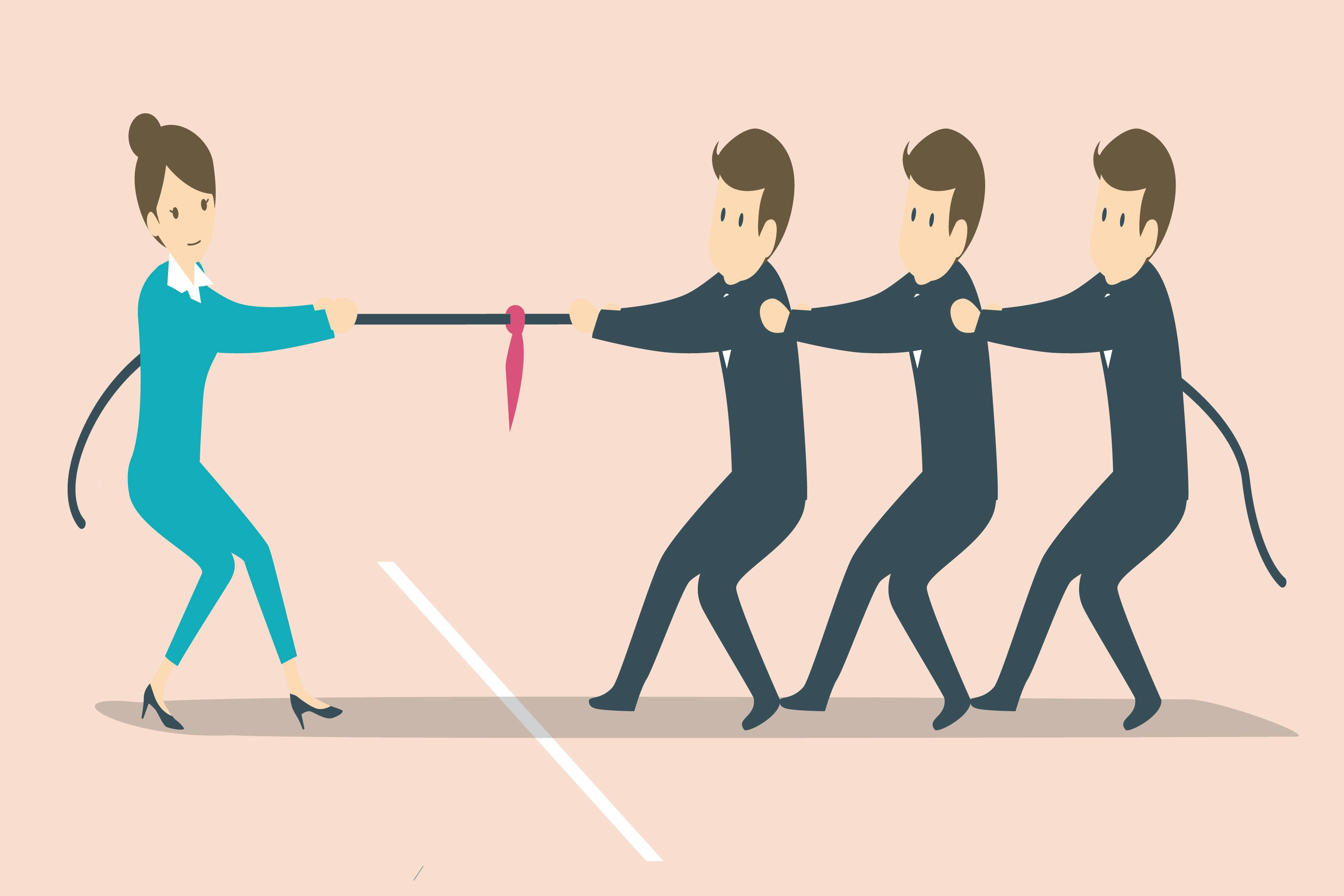Although gender-equality is making strides in the workplace and some areas of life, women remain underrepresented in medical research for vaccines, routine drugs and life-saving medications.
Sadly, this gender imbalance extends to the realm of HIV-AIDs. Half of HIV patients are women, but emerging HIV-AIDS drugs are still mostly tested on men, as the New York Times recently reported.
Science shows the immune systems of men and women respond differently to disease. However, women accounted for a median of only 19 percent of participants in drug trials for HIV medicine, according to a 2016 analysis from the World Organization (WHO) and other medical groups. Worse, women represented a median of only 11 percent of participants in trials for drug cures.

It’s evident the gender imbalance isn’t limited to HIV medications, but this inequity is particularly harmful to women with HIV — because the virus affects men and women differently.
Women who are HIV positive progress faster to AIDS than infected men, and they’re more likely to have heart attacks and strokes, the New York Times reported. Failing to study these drugs in a sufficient number of women may rob them of health benefits enjoyed by their male counterparts, experts contend.
“If we’re going to find a cure, it’s important that we find a cure that actually works for everybody,” said Rowena Johnston, vice president and research director with The Foundation for AIDS Research, in an interview with the Times.
Government funding of research hasn’t corrected the disparity, and even worsens it, the WHO analysis indicates. Additionally, publicly funded studies had lower female participation rates than privately funded trials, the WHO analysis found.
In fact, HIV trials that were fully or partially funded by the U.S. National Institutes of Health, which spends $39 billion a year on medical research, showed significantly lower participation of women than trials supported by other sources.